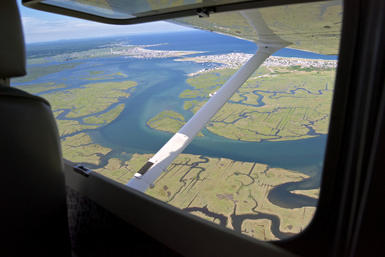What if?
What if a photographic artist went back to a place where he made work before? What if he was working within the overall definition of "landscape photography"? What if he took the opportunity to make the final prints a divergent opinion from what he had done before?
That's what I am working on, as a recently turned 72-year old career photographic artist with close to a thousand separate printed portfolios of work made over my career. Another way to pose this is: what would be the point of going back to Utah to make the same pictures you made before?
Spoiler alert: I am looking at the trip through a different lens.

We all know we can do anything we like. We all know we have the freedom to express ourselves however we choose, the only penalty being how our work will be received. I am working on these files to alter the subject more, to apply a more individualized set of controls, to interpret and direct more, rather than hang on to a factualized record of time and place.
I also made some panoramics, something I don't do often. Let me share with you how I do them and why.
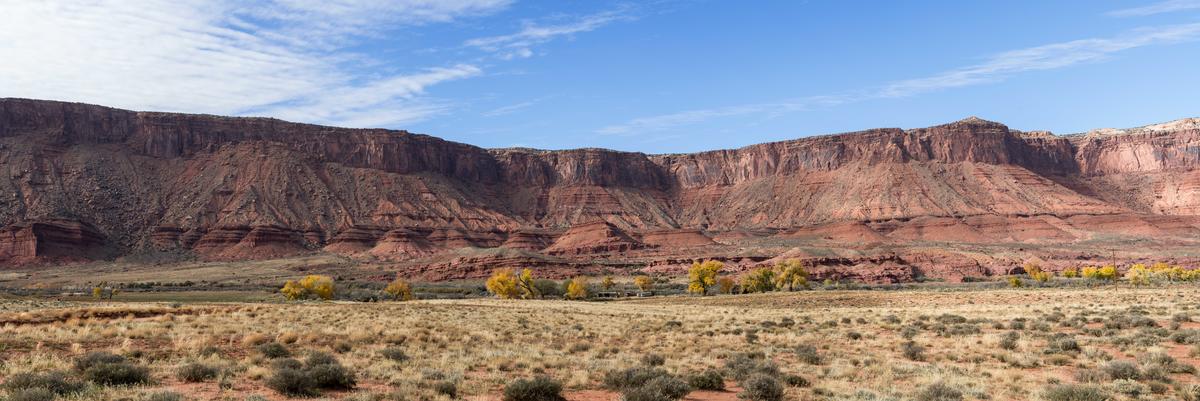
Of course, there are two ways to make these. One, to simply crop a wide angle image top and bottom. The other is to shoot multiple frames, usually from left to right and then bring those files into Lightroom, Photoshop or another software to merge them all together. This has advantages and disadvantages but for me is the only way to go. A downside is that this then ends up being a very big file (this one is 830 mb, for instance). This takes some serious grunt and time for the computer to work through. But the fidelity and ability to make this a very large print is unsurpassed. I have one in my studio from Iceland that is 86 inches long!

Another approach I am working on is to minimize the photograph in content and skew its colors to divorce it from reality. This is tricky as the work can be easily dismissed as gimmicky and contrived:
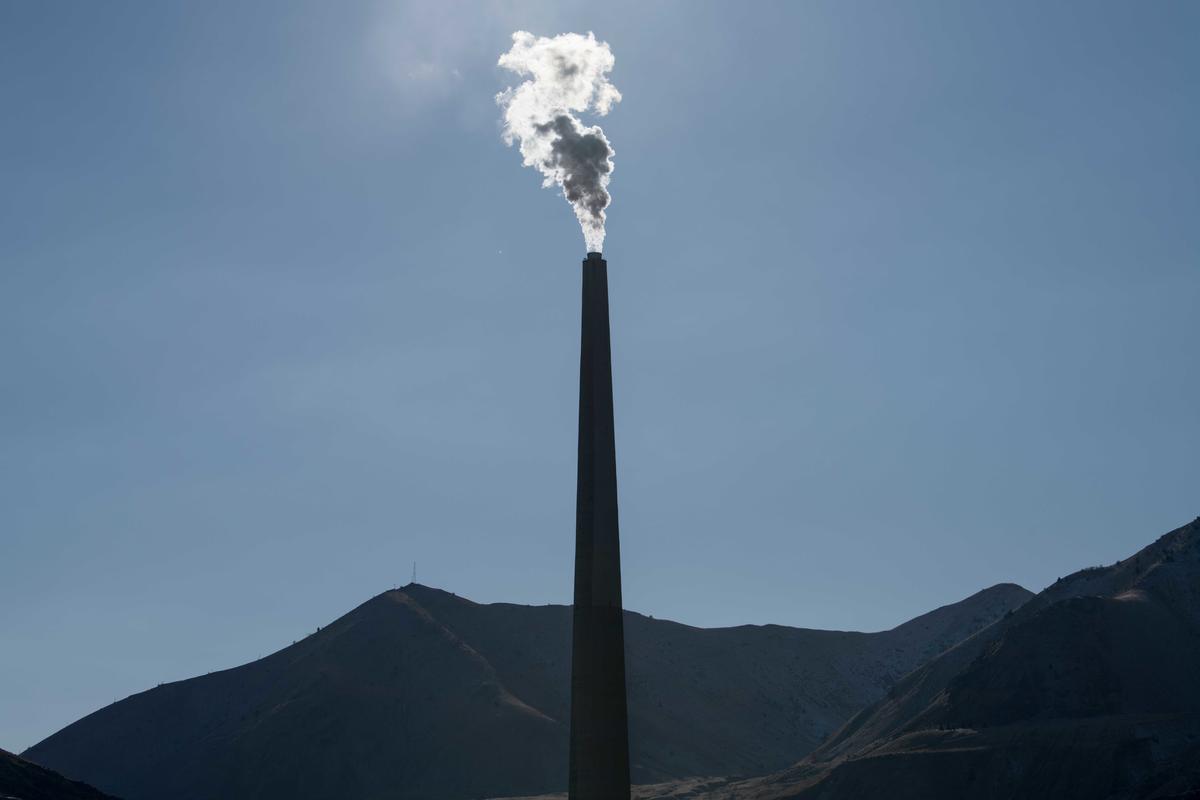
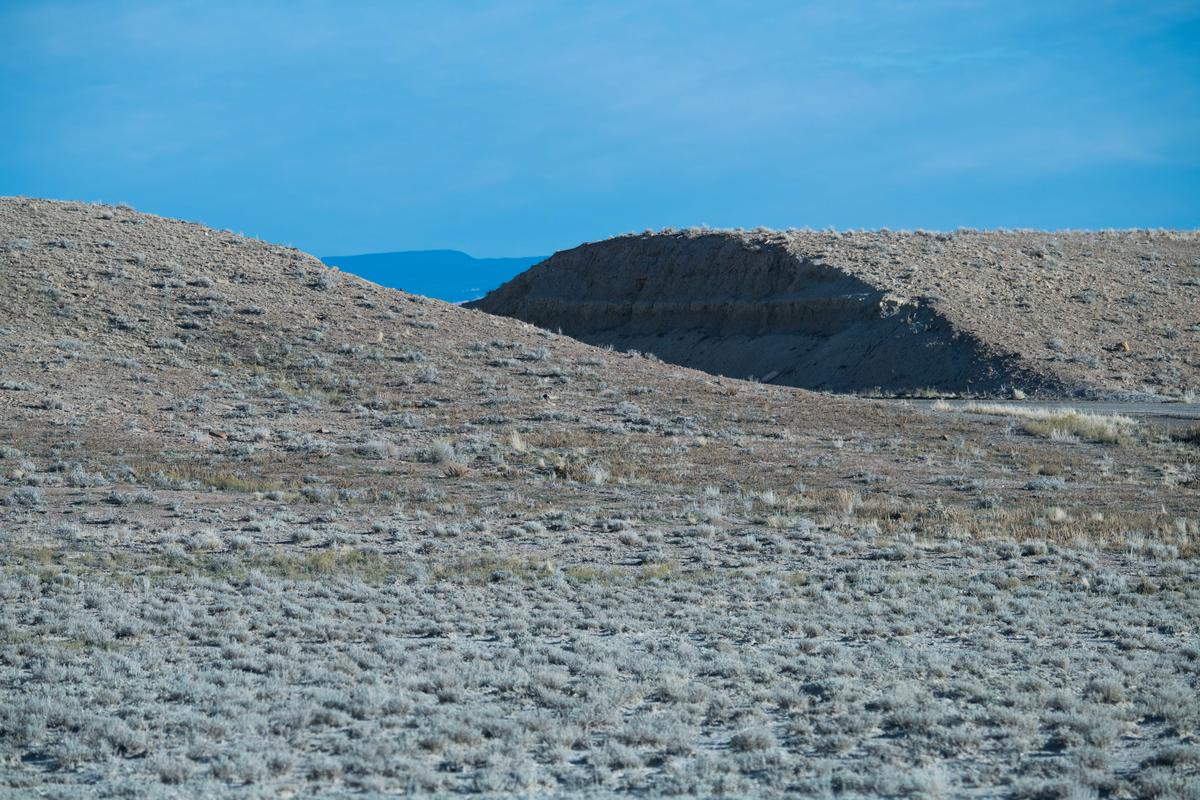 I have some history of doing this. Last winter's "Washed Out" from Malibu, CA made pictures that were distinctly not pretty (here). BTW: Washed Out are from the same canyons in Malibu that burned due to recent fires.
I have some history of doing this. Last winter's "Washed Out" from Malibu, CA made pictures that were distinctly not pretty (here). BTW: Washed Out are from the same canyons in Malibu that burned due to recent fires.
And finally, as I was at Thompson Spring a couple of times this trip, revisiting the site where I made the series
I noticed the loudest and most prominent aspect in this almost ghost town was the train going right through at high speed.
So the RR line became a fascination:

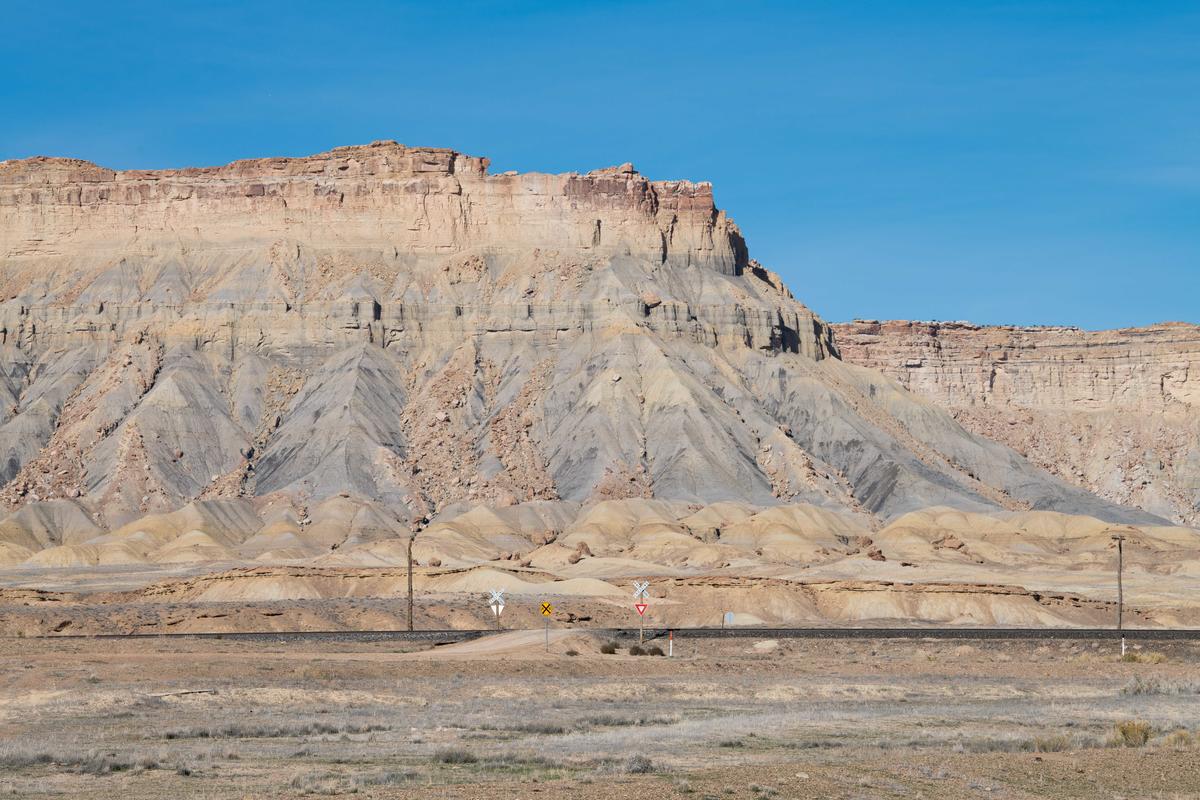
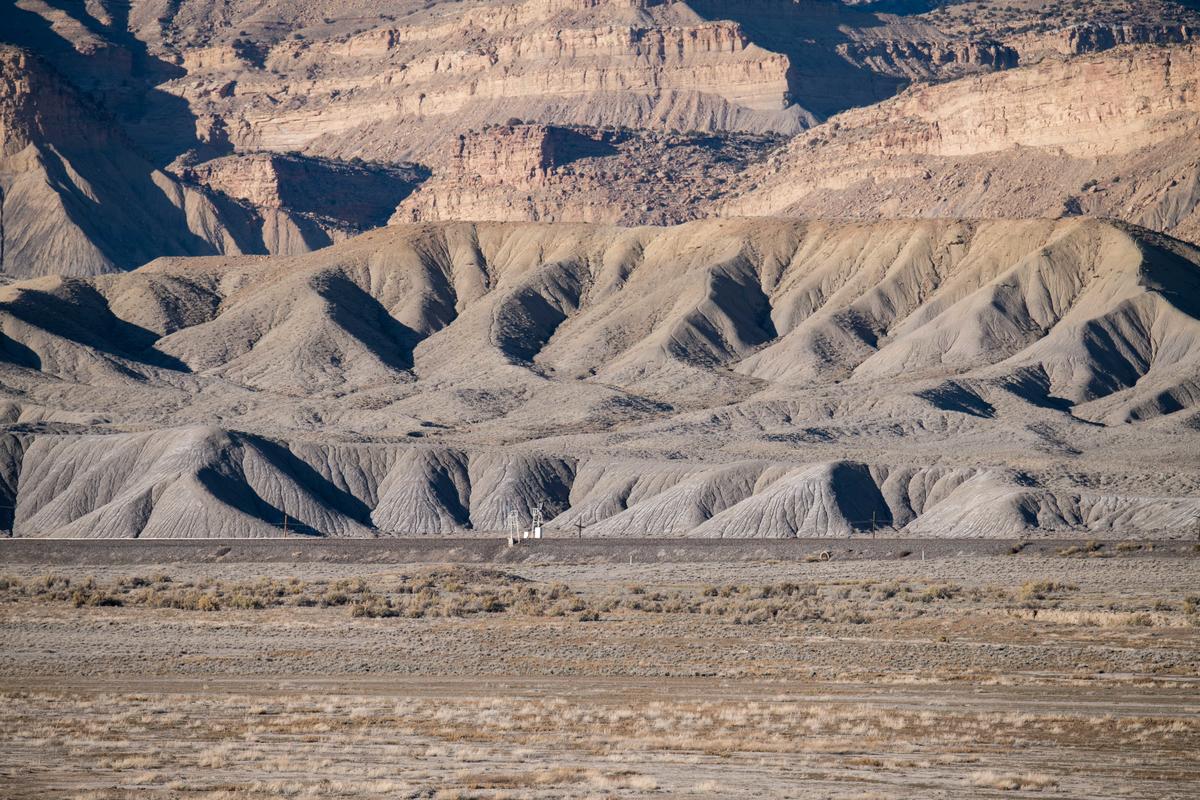
Which, of course, I followed until the road ran out.
(I know, hard to see on your phone so small is the evidence of the RR track going though. This is a little easier in a 22 inch print.)
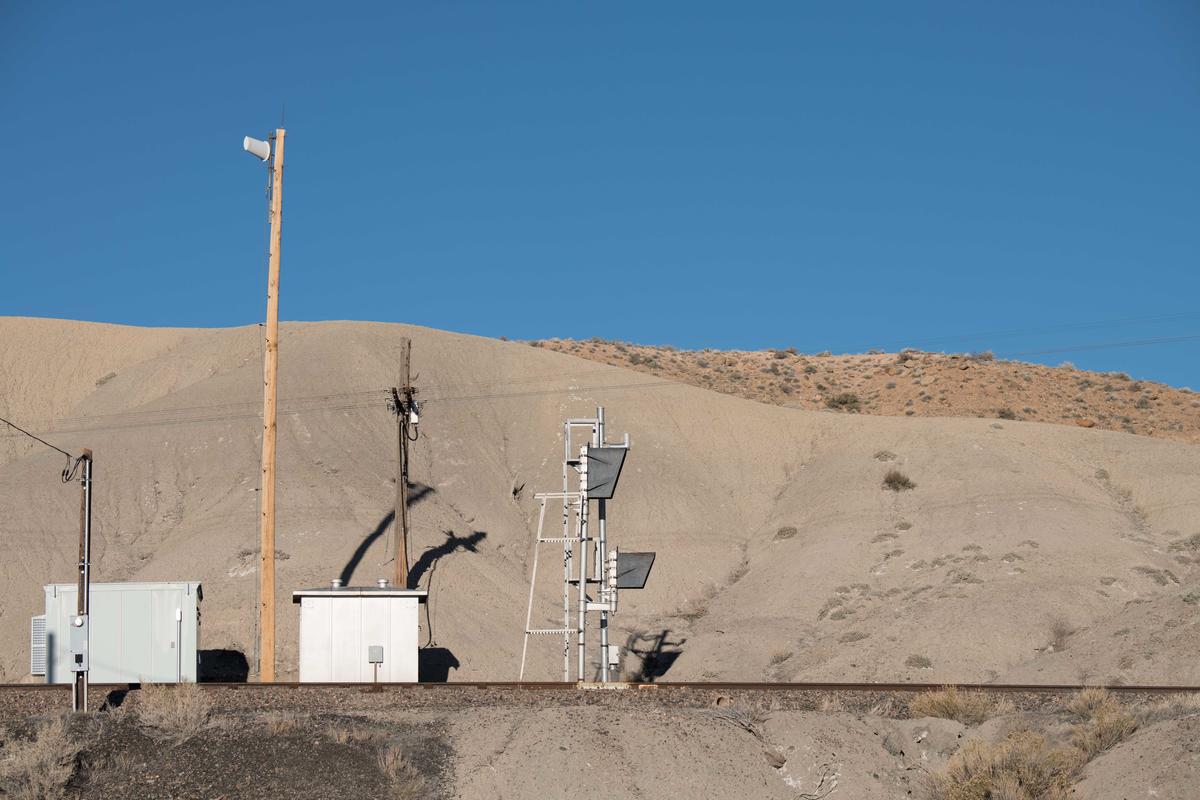
That's what I am working on so far and links you to my current thinking as well. This is a process that takes time, thought and perspective. And finally, and this is big, I am relying upon literally decades of experience as I sift through this new work. Past efforts are at play here, as I reference these pictures to ones made in Utah before and a broad array of my work, both from earlier analog days to current digital practice. I also have no interest in being repetitive. The very best part of having done this so long, I really know what I am doing. As well, the adjustment and configuring tools are so amazing these days that I find it a miraculous world of possibility and opportunity to explore, interpret and invent. Are you an artist or a documentarian? If the former, you really have amazing freedom of expression. Use it.
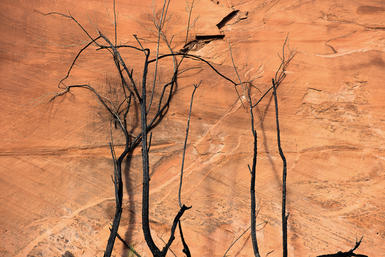
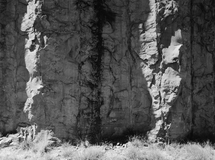


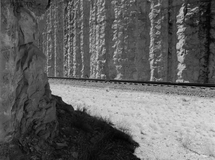
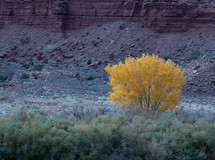


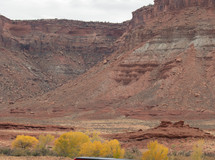


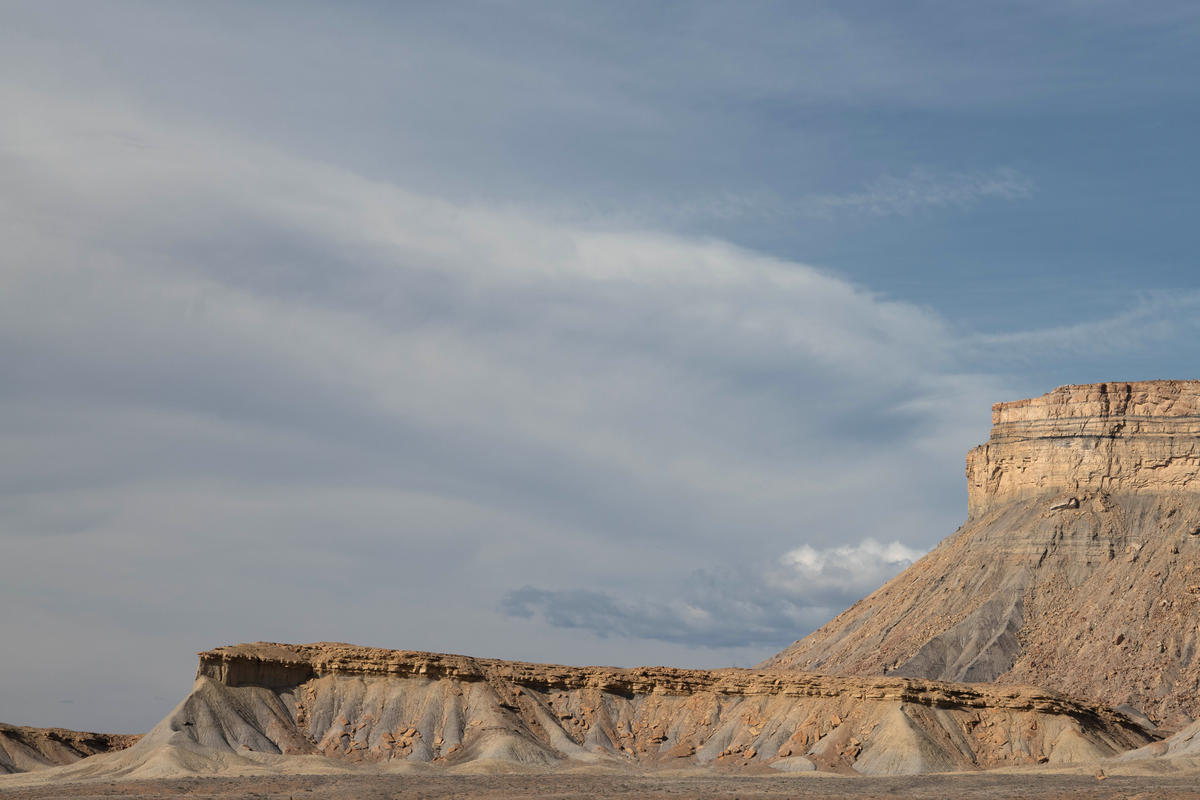
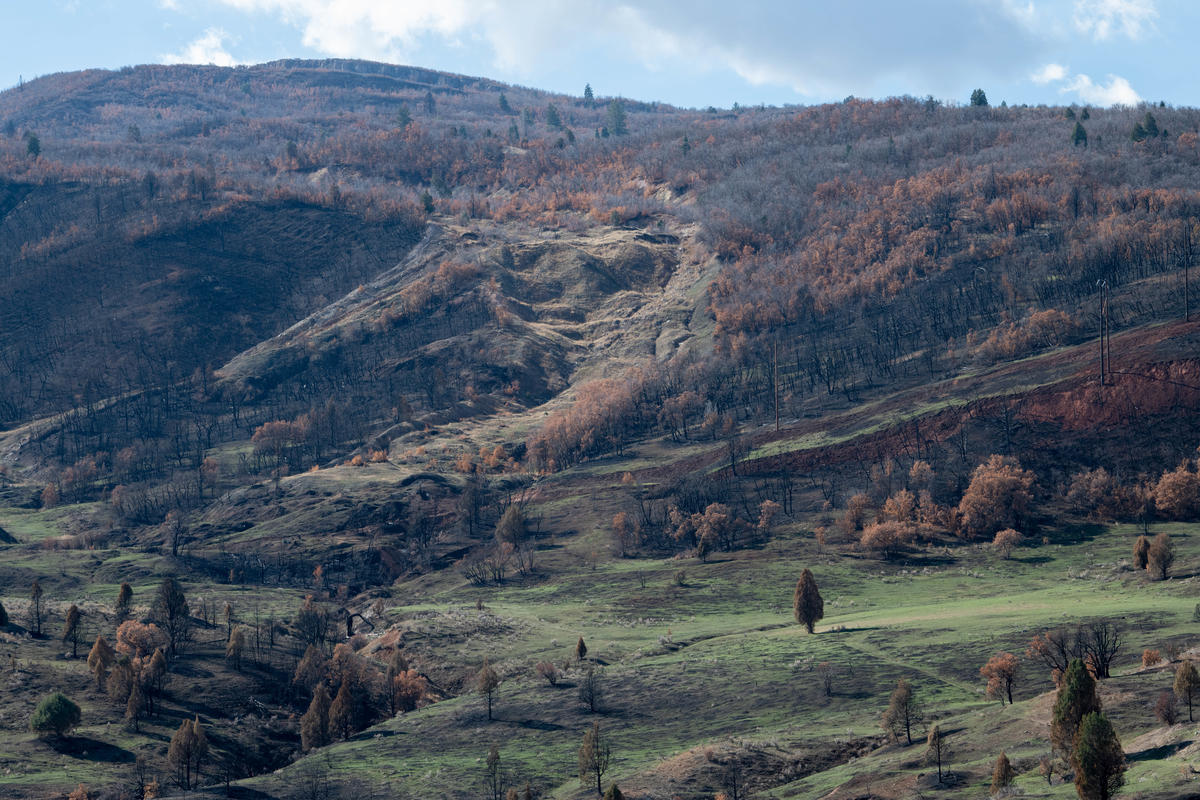
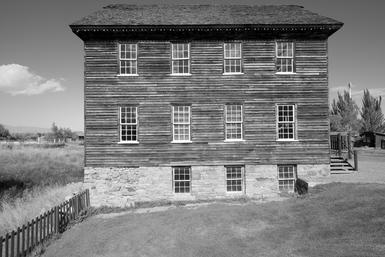
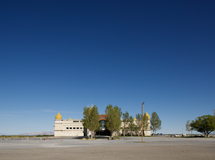
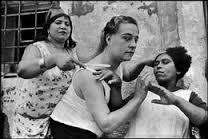
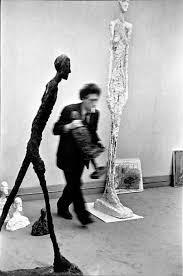
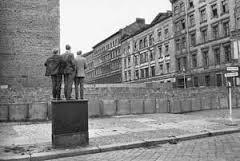
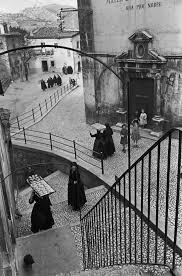
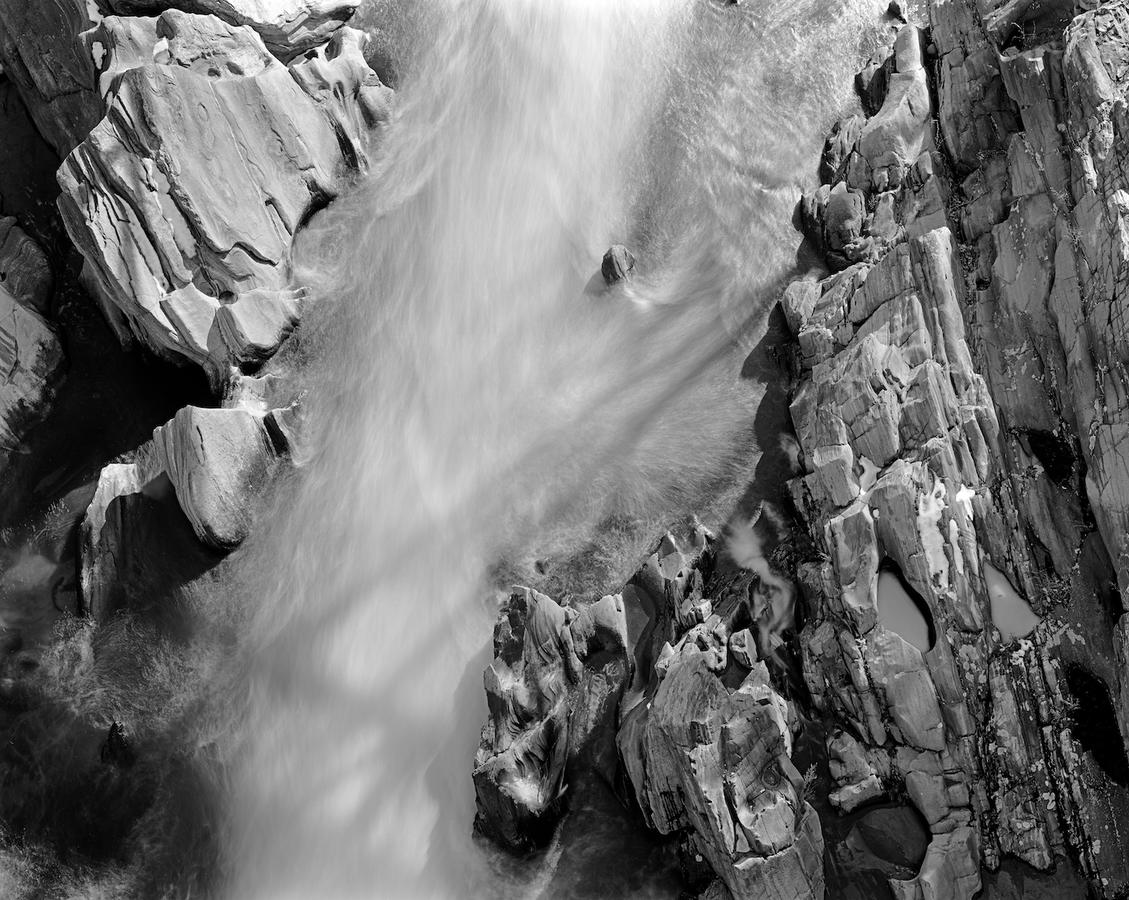 This photograph used by permission, from my friend Marybeth Groff, its owner.
This photograph used by permission, from my friend Marybeth Groff, its owner.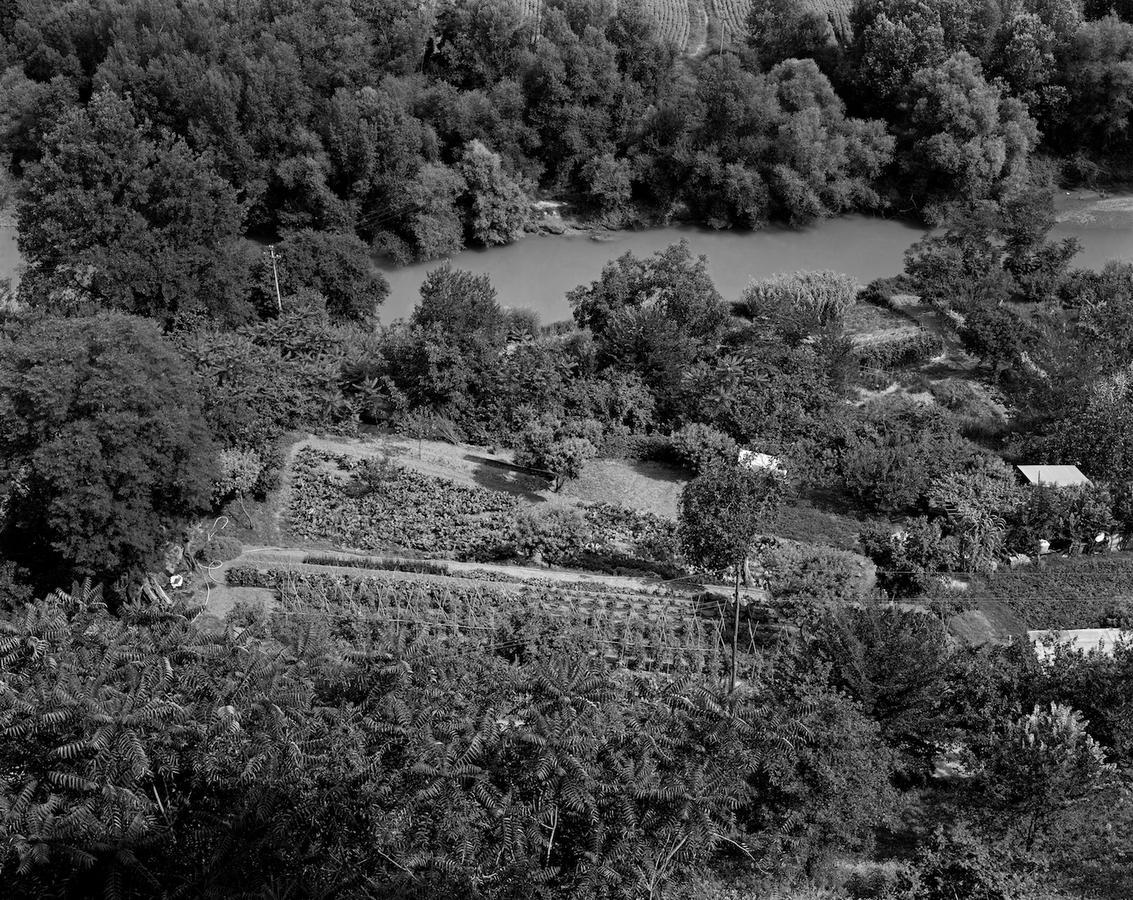 Orvieto, Italy 1992
Orvieto, Italy 1992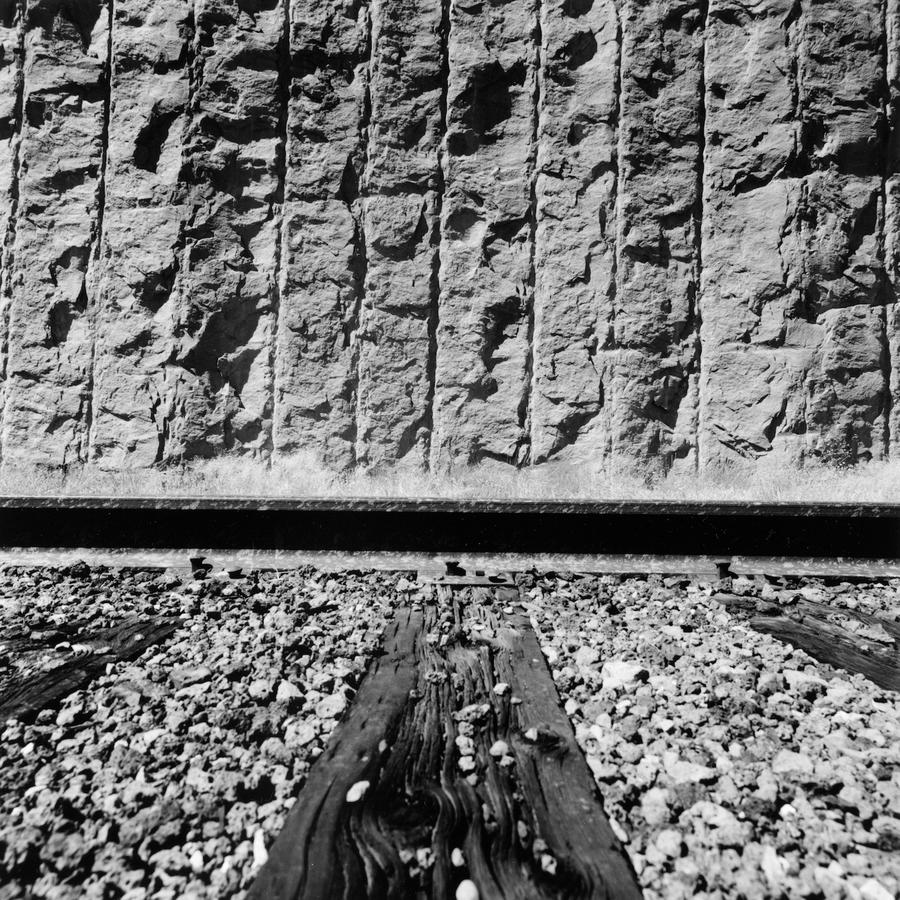
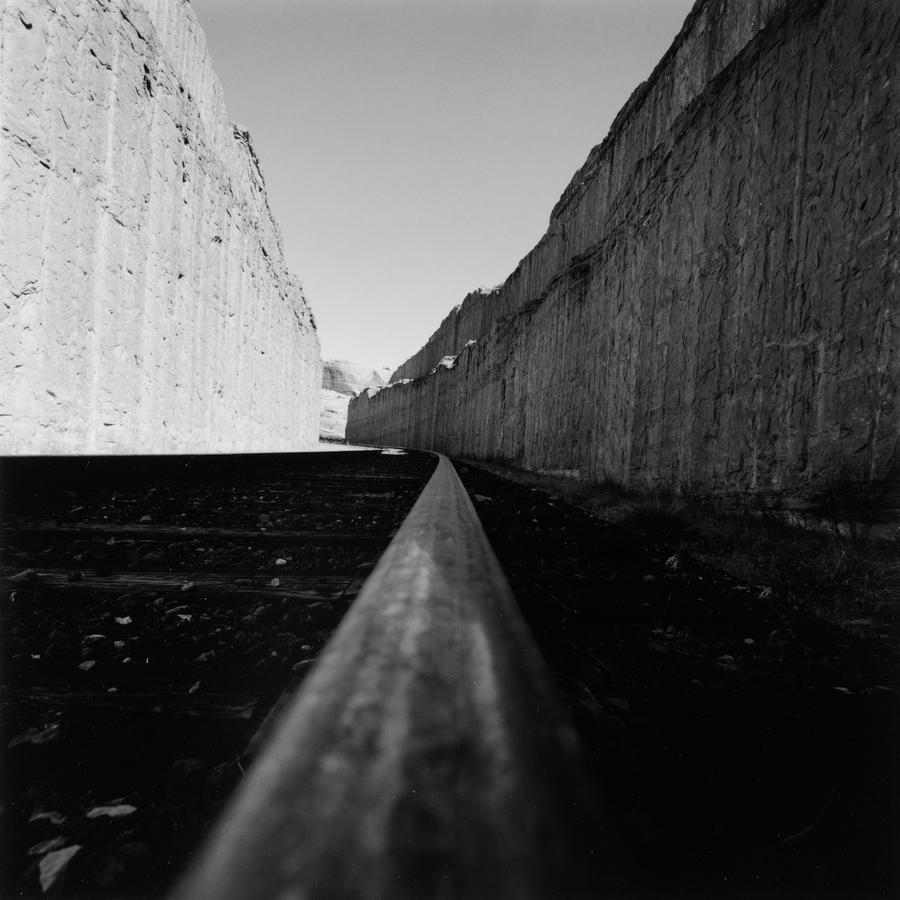 Moab, Utah 1998
Moab, Utah 1998
 Great Salt Lake, Utah, 2015 Shoot 2
Great Salt Lake, Utah, 2015 Shoot 2










